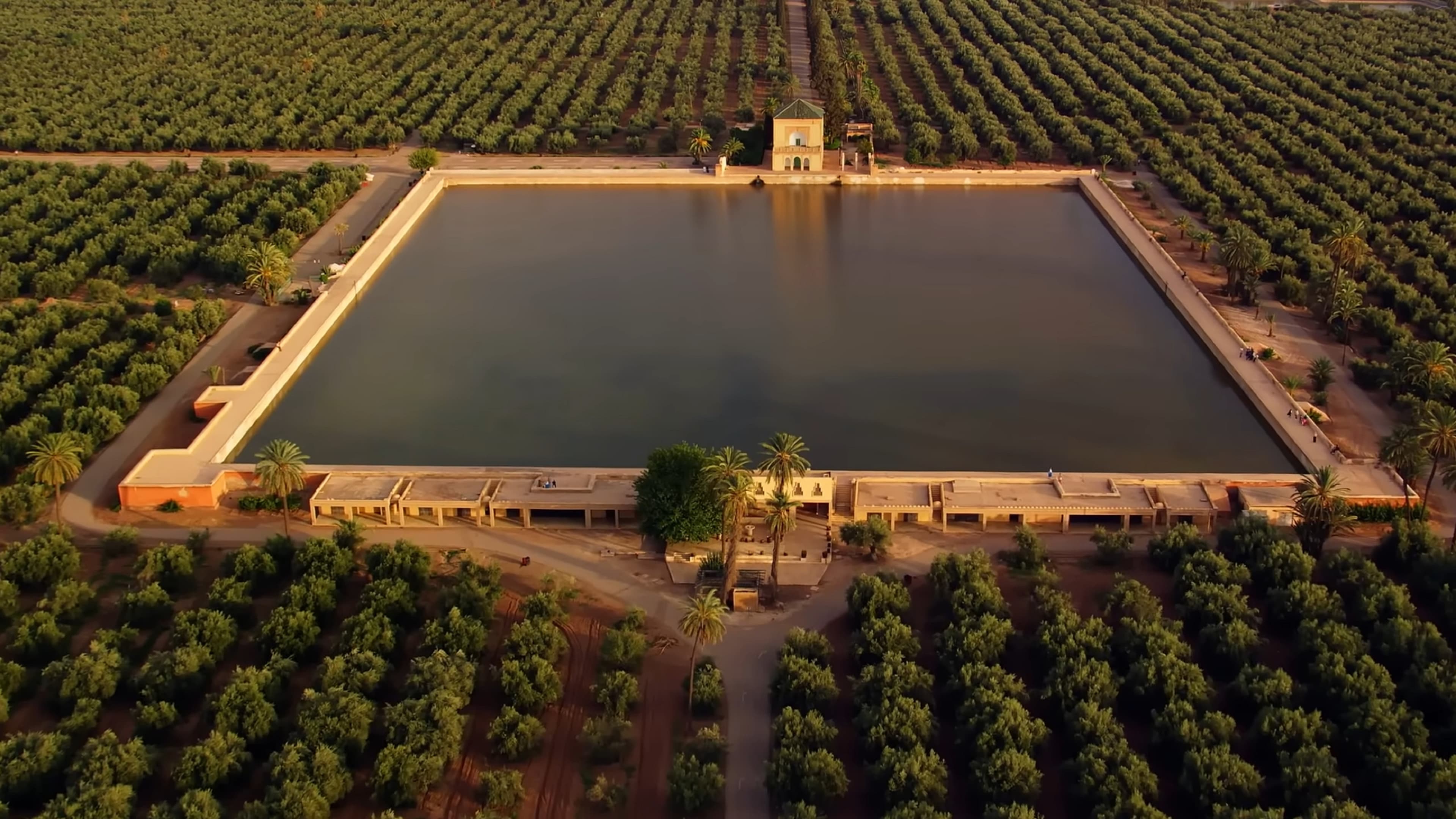
How geosynthetics enhance agricultural productivity in arid regions
In the realm of agricultural development, particularly within regions characterized by water scarcity and environmental challenges, the integration of advanced materials and technologies has emerged as a critical strategy for enhancing productivity and sustainability. Among these innovations, geosynthetics have garnered significant attention for their potential to revolutionize water management practices in agriculture.
In Morocco, the agricultural sector plays a pivotal role in the economy yet faces profound challenges due to its arid and semi-arid climatic conditions. With approximately 80% of Morocco's arable lands located in regions susceptible to water stress, and only a fraction of the land being efficiently irrigated, the need for innovative solutions to optimize water use and enhance agricultural resilience is paramount.
Geosynthetics offer promising avenues for addressing these challenges. They include various materials, such as geomembranes, geotextiles, and geogrids, each serving unique functions from barrier/containment to soil stabilization, and erosion control. The strategic application of these materials in agriculture can significantly reduce water loss, improve water quality, and enhance the structural integrity of agricultural infrastructure.
This article aims to explore the transformative impact of geosynthetics on Morocco's agricultural sector, examining their role in irrigation efficiency, water storage enhancement, and erosion control. It also considers the broader implications of geosynthetic applications for global agricultural practices, particularly in regions facing similar environmental and climatic challenges.
Geosynthetics contribute to the sustainability and resilience of agriculture in Morocco, offering insights into the potential for these technologies to support agricultural development in water-stressed regions worldwide.
Water management and agricultural policy
In Morocco, which ranks among the world's top 25 countries for water stress and is vulnerable to climate change effects, efficient water management is crucial. The government's Plan Maroc Vert aims to modernize irrigation and improve food security. Despite these efforts, Morocco faces ongoing challenges in nutrition, sustainable agriculture, and long-term food security, with agriculture employing 40% of the workforce and contributing significantly to the GDP and export earnings.
Role of geosynthetics in agriculture
Geosynthetics improve water capture, conveyance, containment and distribution solutions, addressing the limitations of traditional construction materials.
They allow for faster construction, overcome scarcity of adequate mineral/soil materials and reduce water and soil losses.
Applications of geosynthetics:
Canals and water conveyance By reducing stopping leakage/ seepage in canals, geomembranes, a geosynthetic barrier material, help the sustainable use and distribution of water. Their tightness, flexibility and resistance to environmental factors make them an effective solution for water loss prevention.
Water containment: Geomembranes are effective in containing fresh water, preserving water quality and securely containing wastewater, thus protecting groundwater from contamination.
Infrastructure stability: In structures such as dams and reservoirs, geosynthetics improve slope and foundation stability, waterproofing, and service life, offering cost-effective and flexible solutions for large-scale and prefabricated installations.
Dams and reservoirs: Preserve water or protect against flooding as an integral part of dams, prevent damage from digging animals and offer surface erosion protection
Floating covers: Built as floating geomembrane barrier these covers are used for evaporation control, to keep water clean, for odor suppression, thermal protection, biogas energy recovery, and algae control, highlighting the versatility of geosynthetics in water management.
Conclusion
The deployment of geosynthetics in Moroccan agriculture represents a strategic investment in water management, capable of significantly enhancing agricultural outputs and resilience. With their proven performance across various applications, geosynthetics offer? a pathway to sustain and accelerate agricultural productivity in the face of environmental challenges.
Explore more blogs
View allHow durable are GEOTUBE units in engineering projects?
Do geosynthetic clay liners require prehydration?
What are the key considerations in designing reinforced soil slopes?
A technical overview of reinforced soil slopes (RSS) in geotechnical engineering, focusing on design, erosion control, and innovative materials for slope stability.